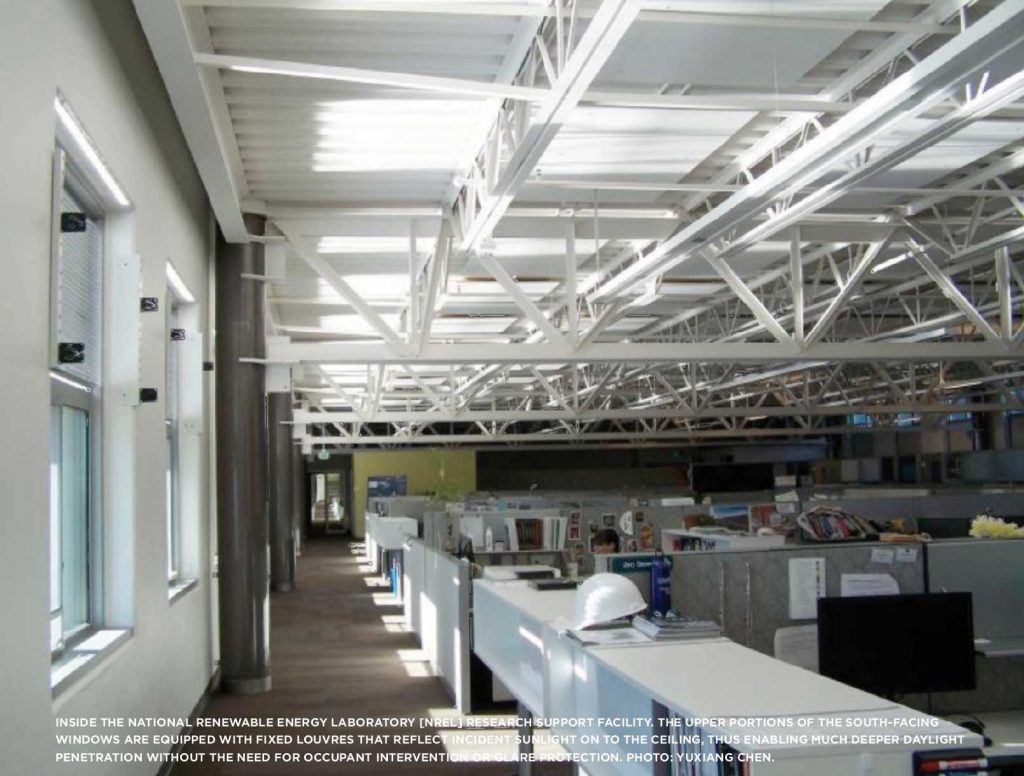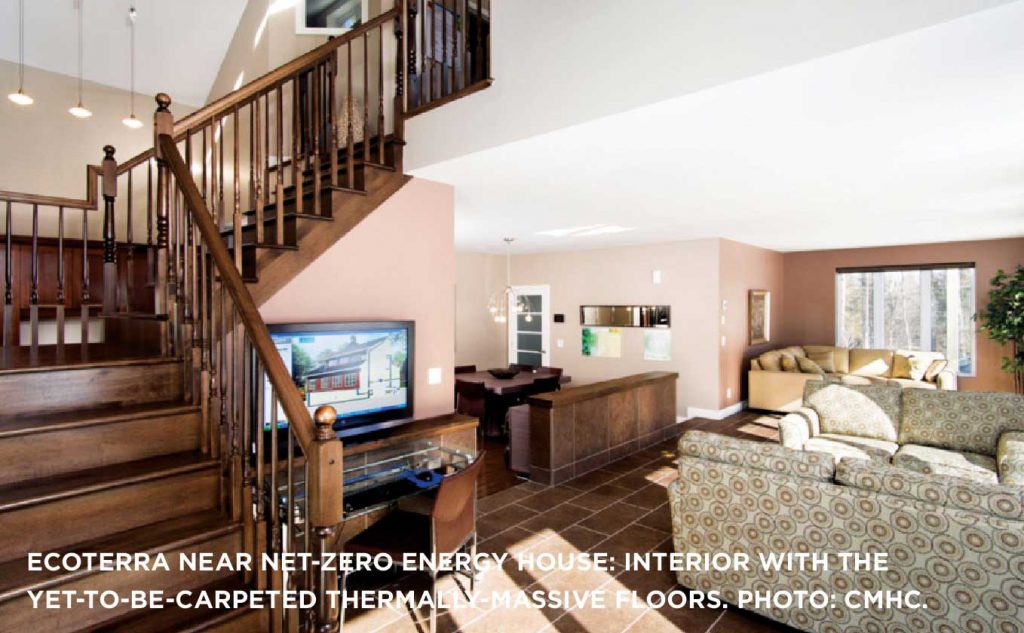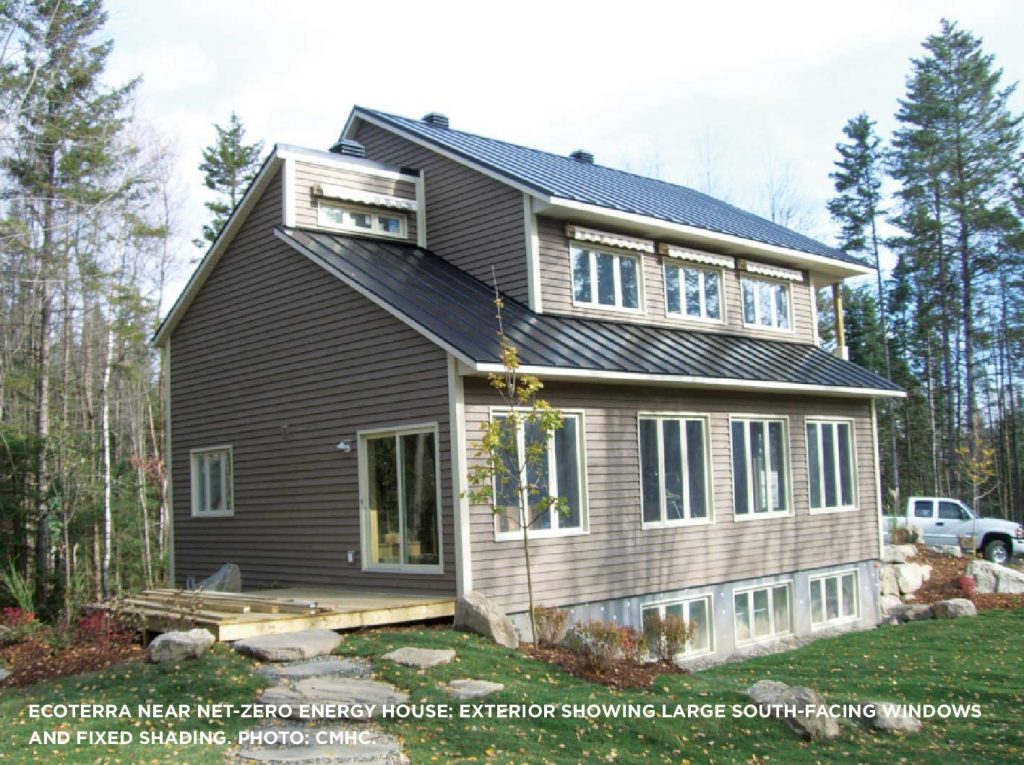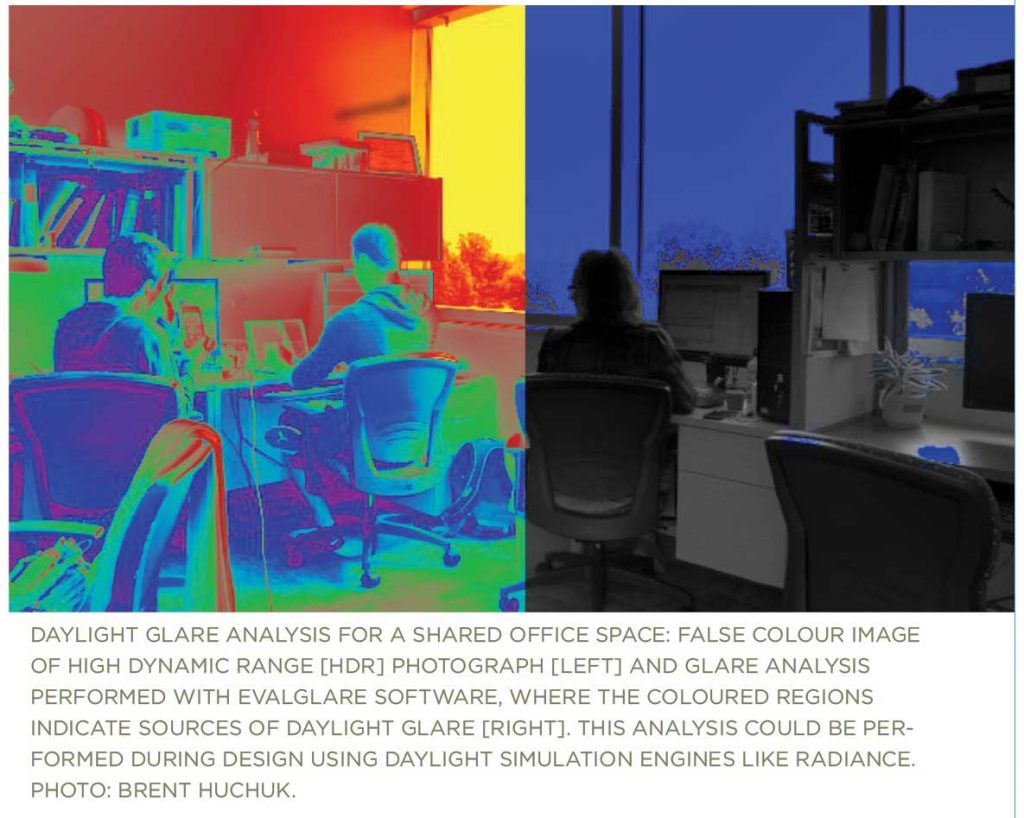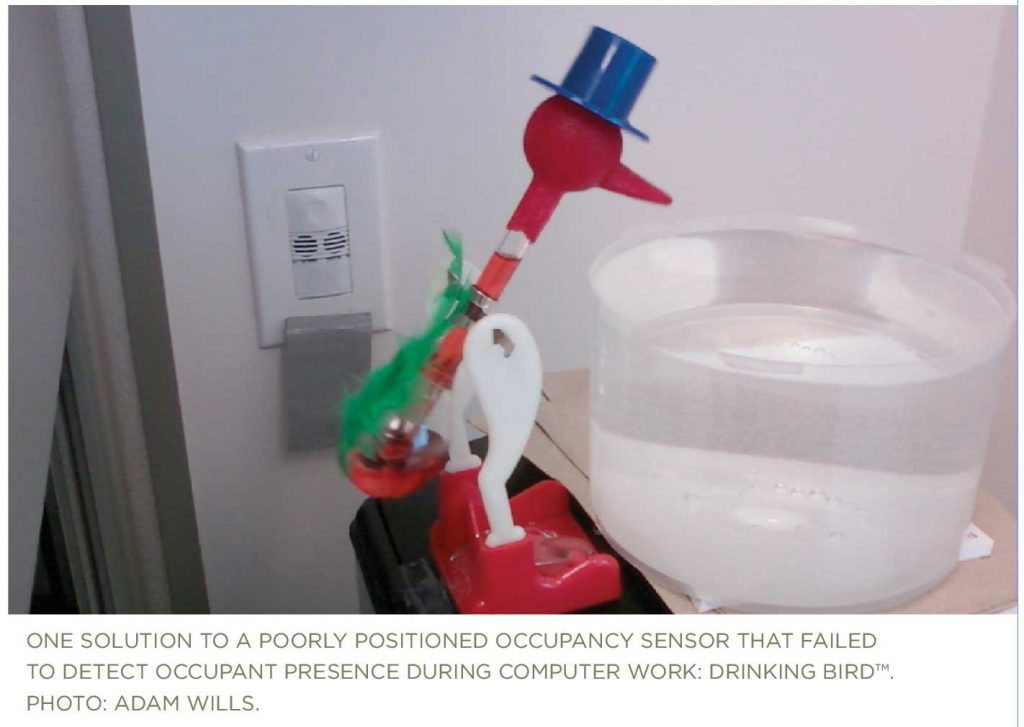 Occupants’ impact on building energy use continues to increase as building components and systems become more efficient. This source of uncertainty extends well beyond lights and plug loads, often including heating and cooling.
Occupants’ impact on building energy use continues to increase as building components and systems become more efficient. This source of uncertainty extends well beyond lights and plug loads, often including heating and cooling.
By Liam O’Brien
For instance, a recent Danish study of five identically-built homes showed that heating energy use varied by as much as 365% – from 4,000 to 14,600 kWh/year – as a result of seemingly subtle thermostat and operable window use habits. Surprisingly, the homeowners who thought they were making the greatest effort to conserve energy were in fact middle of the pack, energy-wise.
The interviewed homeowners expressed concerns for lack of controllability of temperatures, odour from smoking and cooking, and health concerns about indoor air quality. One of the households stated that they let in cold air on a daily basis because cold air heats up more quickly than warm air, suggesting some lack of knowledge of building physics.
Underperforming low- and net-zero energy buildings have often been blamed on occupants’ so-called illogical actions that have seemingly little regard for energy conservation. However, when one examines the root of unexpectedly high energy use it often originates from real or perceived discomfort – thermal, visual, and/or acoustic – and indoor air quality.
Unfortunately, comfort provision is often established towards the end of the building design process after most decisions have already been finalized. Therefore, building add-ons like blinds, controls, and HVAC are relied on instead of building form and envelopes. While comfort is complex and research is still evolving, it deserves to be quantified in greater detail than mere air temperature and workplane illuminance [e.g., by incorporating all aspects of ASHRAE Standard 55 – “Thermal Environmental Conditions for Human Occupancy”].
Liam O’Brien, PhD, is an assistant professor at Carleton University in the Department of Civil and Environmental Engineering. Prof. O’Brien and his graduate students are conducting research on building performance, with specialties in simulation, passive solar design, daylighting, comfort, controls, and occupant behaviour.

